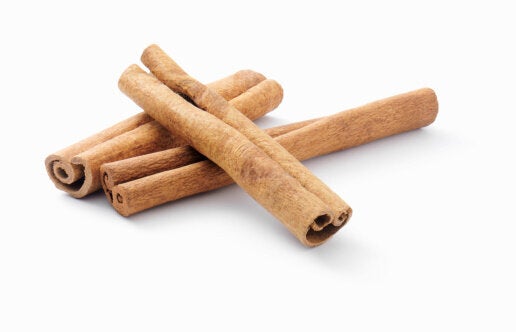It’s safe to say athlete’s foot isn’t the most pleasant health problem to have.
Most people with athlete’s foot, a fungal infection typically formed between toes, have symptoms of discomfort, severe itchiness, dryness, blisters and more. The infection is usually spread when your feet come in contact with fungus, which is most common in warm, moist areas, such as between toes.
There are three types of athlete’s foot infections, reports Canoe.ca; moccasin-type, which causes extreme dryness; vesicular, which is typically due to fungal allergies and causes blisters; and ulcerative, which is most severe and occurs in large areas.
The infection is highly contagious and easily spread in wet places, such as gym locker rooms, swimming pools and nail salons. It’s typically more common in the older generation, or for those who have had it before. According to medicinenet.com, up to 70 per cent of people may develop athlete’s foot at some point in their lives.
Once contracted, athlete’s foot can be hard to get rid of, but there are many remedies to try. Here are some of tried and tested ways of kicking athlete’s foot to the curb:
Cinnamon: Soak your feet in warm cinnamon water. It’s easy – boil water and add a few cinnamon sticks. Soak your feet in it for a few minutes every night. It won’t just help wipe away the infection, it’ll be relaxing too!
Wear Proper Footwear: Always wear footwear that is clean and properly ventilated. If you're experiencing athlete’s foot, try staying away from warm, closed shoes for a while.
Immune Boosting Foods/Vitamins: You should be eating immune-boosting foods and vitamins already. One of the benefits of having a strong immune system is that it cuts the chances of infection.
Baking Soda: Sprinkling a little baking soda in your shoes helps prevent unwanted moisture that usually causes athlete’s foot.
Garlic: Eating garlic can prevent fungal infections and also quicken healing times. You can also apply it directly to the skin by mixing chopped garlic with a few drops of olive oil.
Lemon Water: Rinse your feet with lemon water. It’ll make them smell better and help keep infections away (along with all its other helpful uses!).
Powder Your Toes: It’s hard to prevent moisture from forming around your toes when you’re wearing shoes all day. To prevent this from happening, sprinkle powder in the gaps between your toes.
Exercise: It can be hard for your body to detect foot infections because your feet have lower blood circulation than the rest of your body. To boost your blood circulation, simple exercises like walking will work.
Cornstarch: Cornstarch also helps dry up moisture. Brown up some cornstarch in a pan and sprinkle some on your feet every day for several weeks, even after the fungus is gone, to prevent it from coming back.
Tea Tree Oil: Tea tree oil is often just as effective as topical medication when it comes to treating stubborn fungal infections. Be patient though, it’ll still typically take a few weeks for the infection to completely disappear.
Wipe With Clorox: Bleach can be very helpful in killing bacteria, but it’s also harsh. To take advantage of its bacteria-killing properties without harming your skin, wipe your feet with a cloth dampened with Clorox.
Proper Gym Hygiene: Never share socks, shoes or towels at the gym. As a general rule, never walk barefoot in public areas, especially in locker rooms and near swimming pools, where there is a lot of moisture.
Vinegar: Soak your feet in a vinegar and water mixture daily. Use one part vinegar and two parts water, so the vinegar doesn’t harm your skin. If your skin gets irritated, either try another remedy or reduce your soaks to once or twice a week.
Baby Oil: Athlete’s foot can cause extreme dryness and flaky skin on your feet and baby oil does wonders for this. Clean your feet and apply baby oil to them every night for a few weeks.
Over-The-Counter Medicine: There are a number of options here. For mild cases, doctors may prescribe powders, creams or sprays. For more serious cases, you may need oral antifungal drugs or antibiotics.
